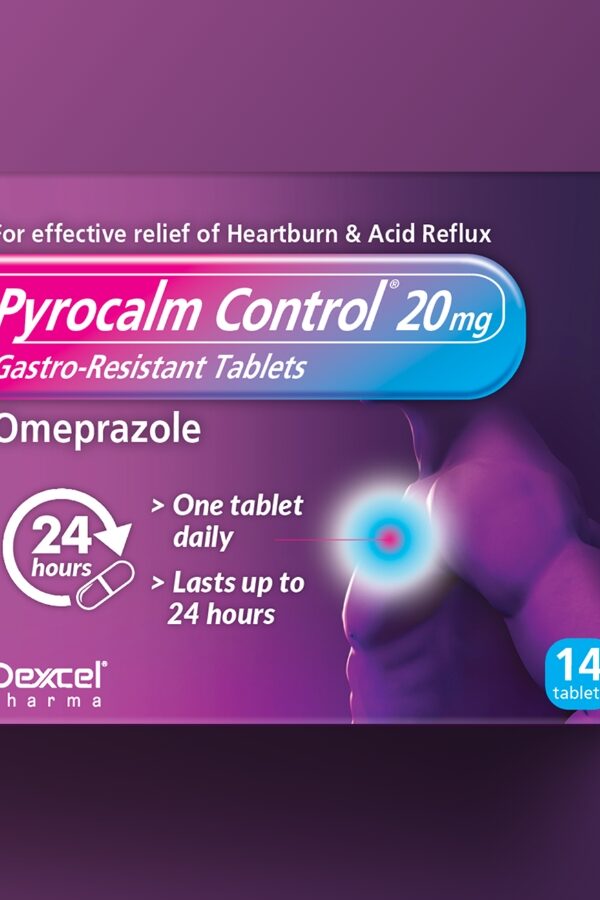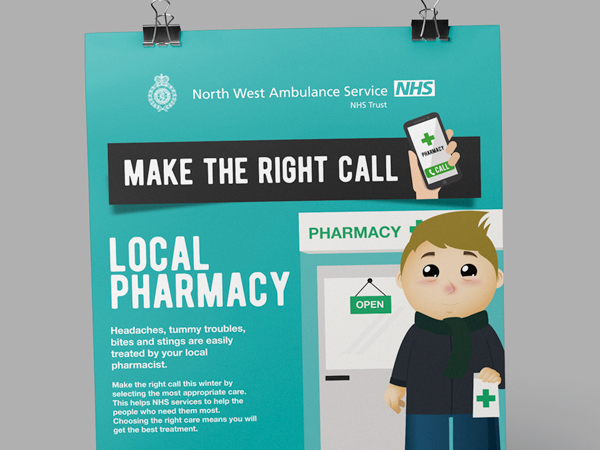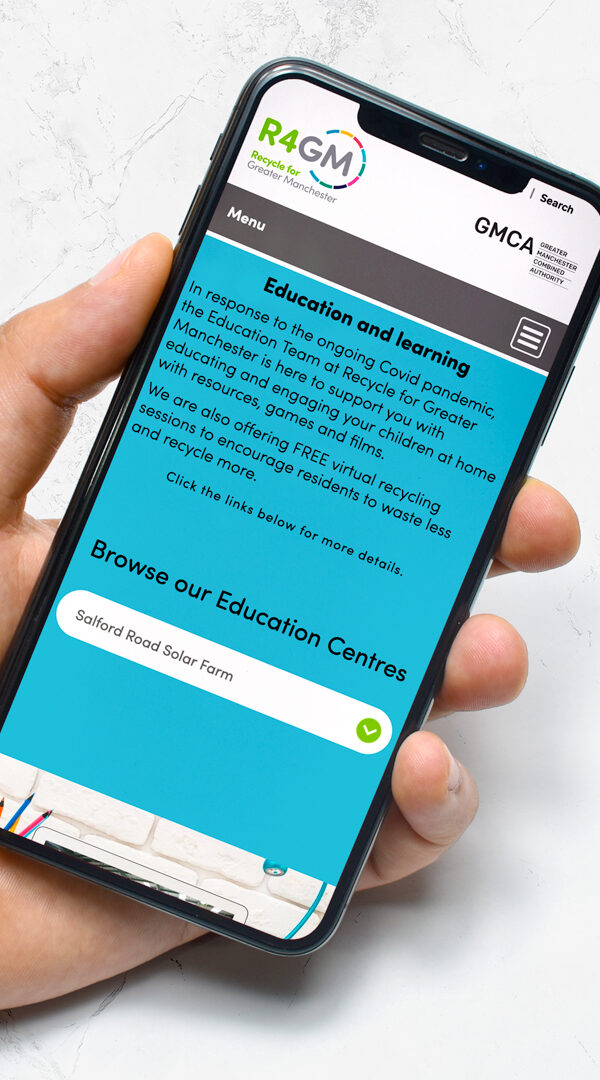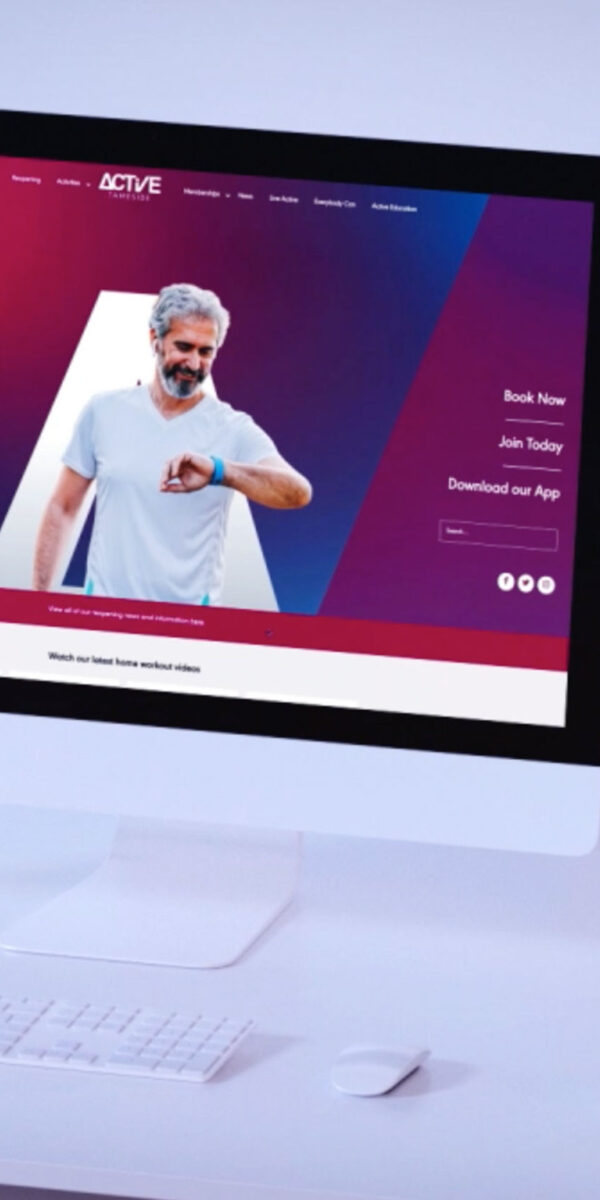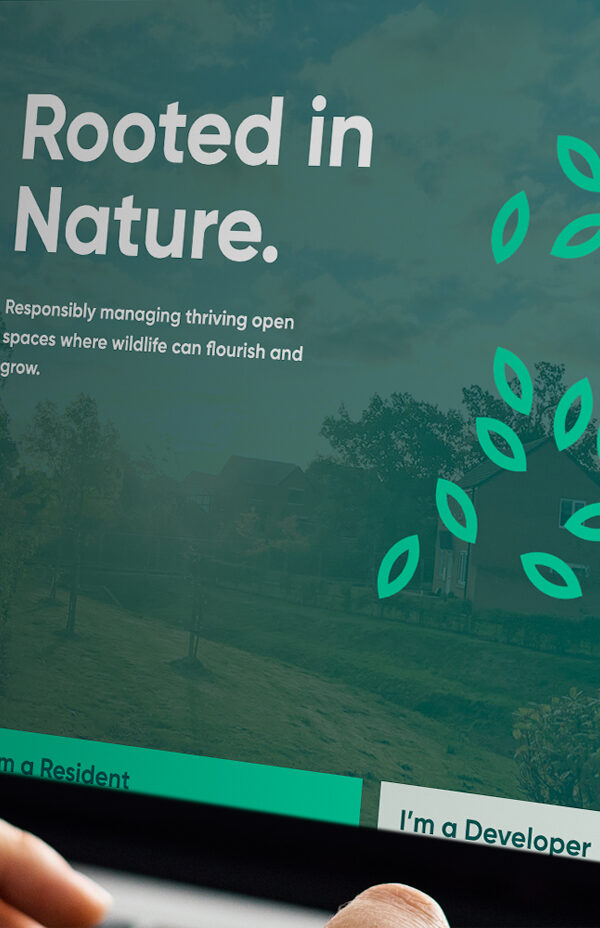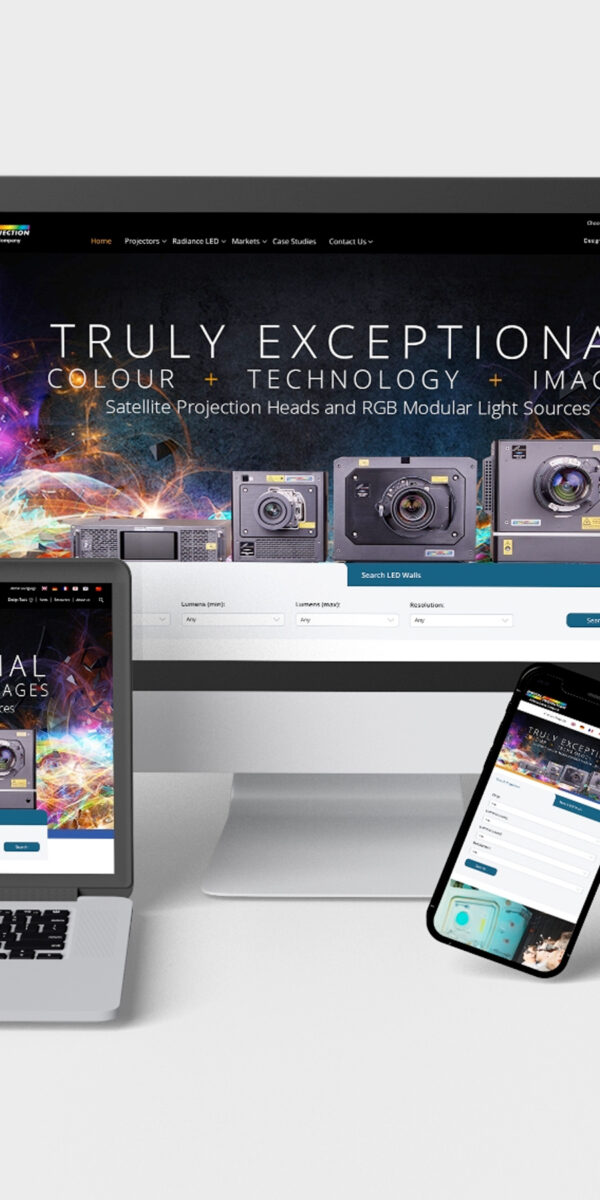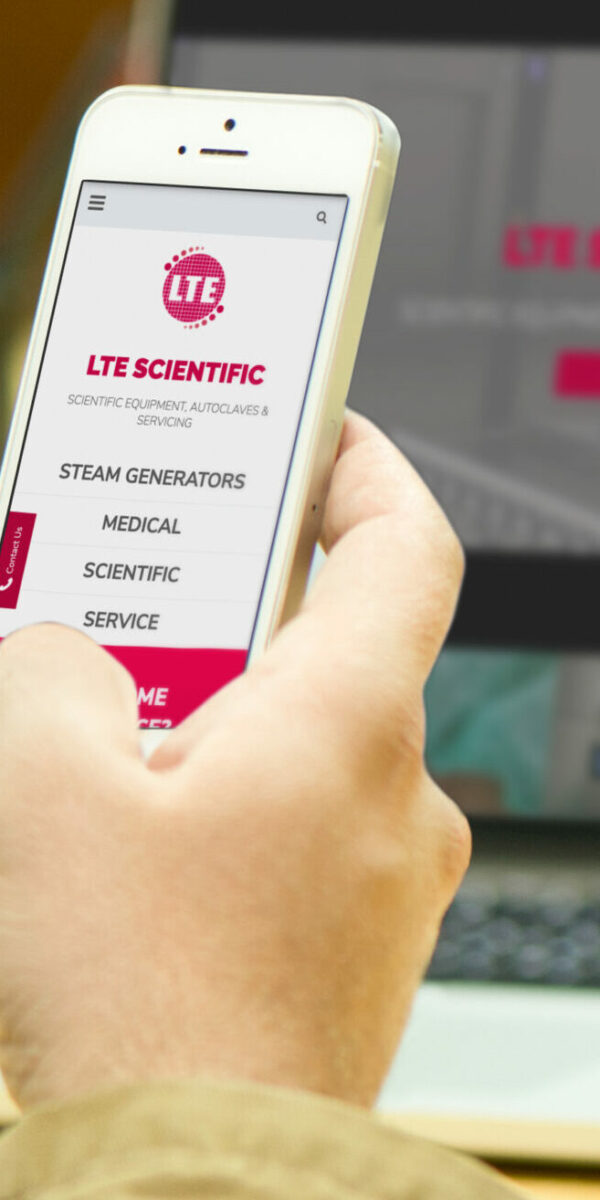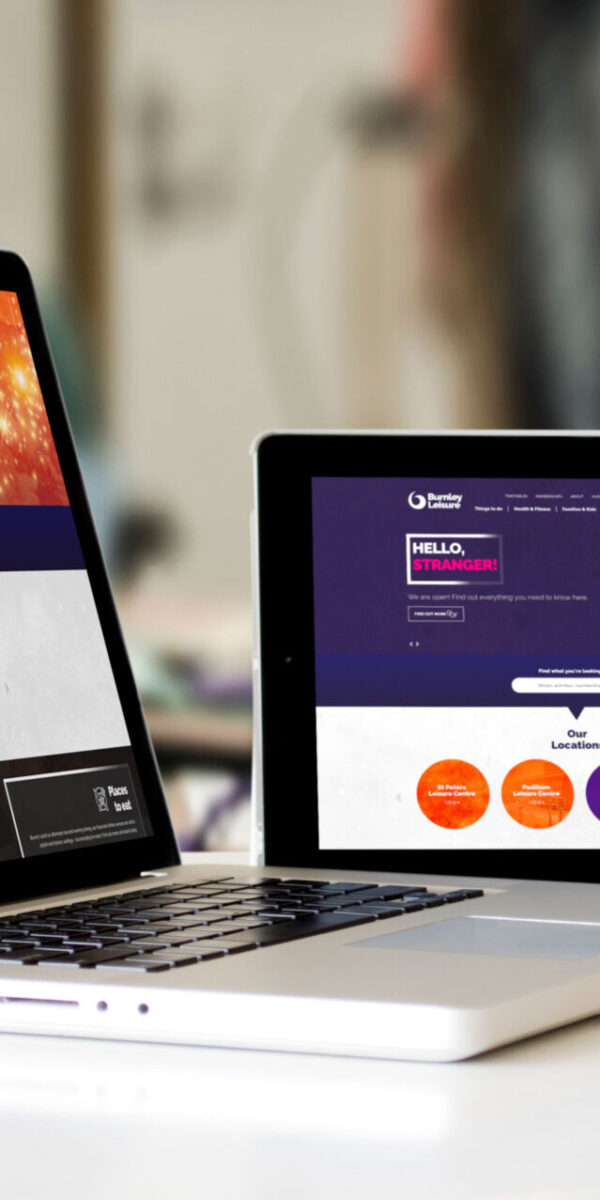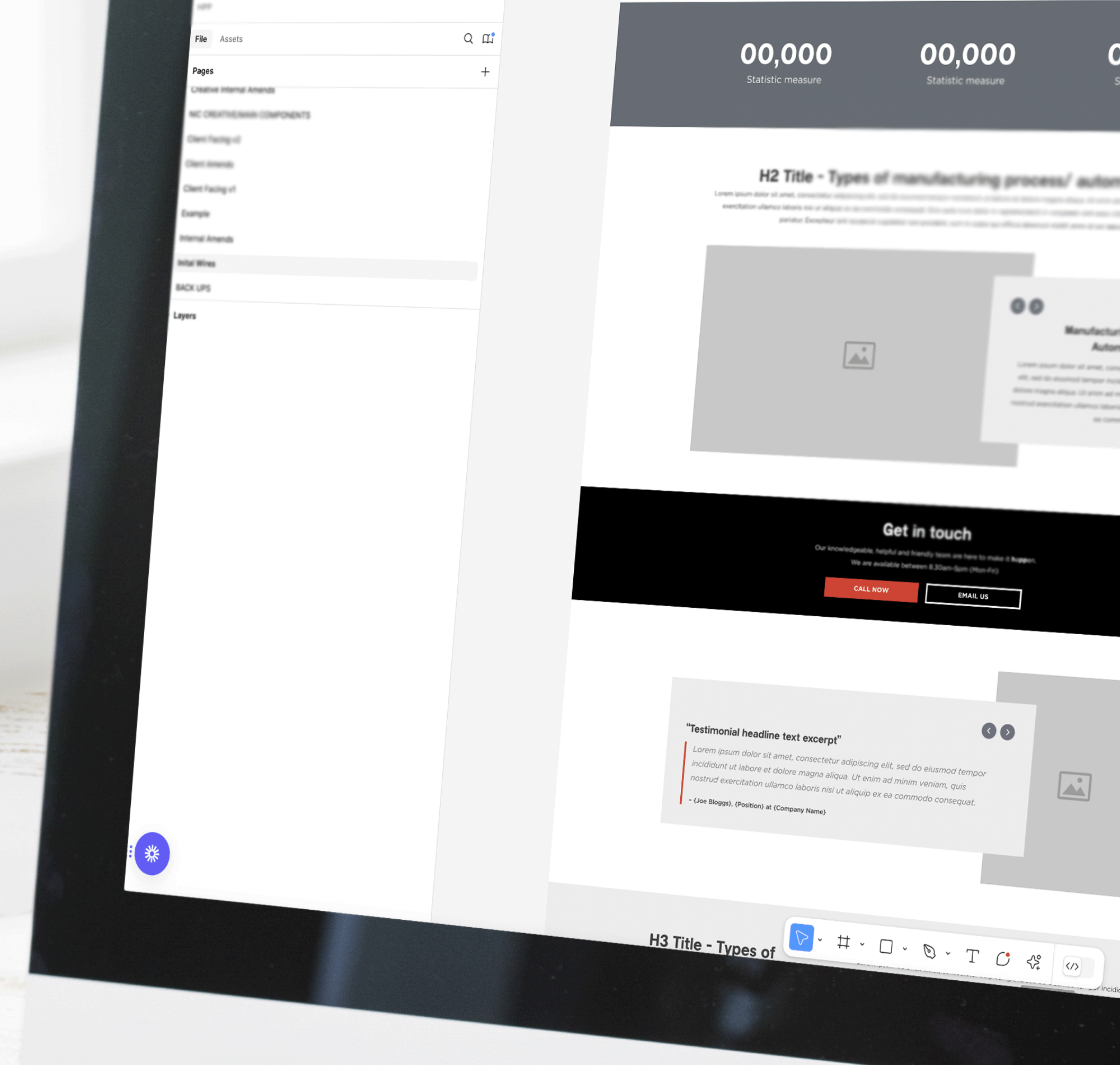
User experience (UX)
Turning confusing user journeys into seamless experiences.
User experience – or UX – might sound like a bit of digital jargon, but trust us, it plays a massive part in how successful your website is. In simple terms, UX is about making it easy for people to do what they came to your website to do.
What exactly is UX?
User experience, UX, is the process applied to web design that makes your website easy to use and easy to navigate on all devices – mobiles, laptops, desktops, tablets. And it’s important to stress here, that we’re not just talking about checkout – UX is the ‘big picture’, it applies to every single element of your site.
UX is the perfect combination of usability, accessibility and desirability based on research, strategy, and design. It allows your website to do exactly what your customers/visitors want. If the internet is the ‘earth’ on which your website ‘lives’, UX is the ‘oxygen’ it survives off, so it needs to be good! Sticking with analogies, good UX is akin to a simple road network that makes your journey straightforward and painless, as opposed to a complicated detour where it is easy to get lost. Our holistic approach to UX is to look at everything, and we mean everything, on your website from the branding down to the wording. It all has an impact.
Sam, one of our UX maestros, explains: “I’m always looking at making journeys for users as seamless as possible. So, this is thinking about marrying business needs with user goals, so they align.
“For example, I’m always thinking about what the next logical step a user would be expecting to take on this site. That could be getting from to A to B in the fewest number of clicks, but there’s much more to it than that.” Sam’s words lead us nicely into how good UX can benefit your site and your business.


What can a good UX do for you?
Get in touch.
All of our UX solutions are bespoke to suit your business needs and objectives. Our specialists draw on client consultations, data analysis, research and discovery to create a solid UX strategy – all with the aim of helping our clients to thrive.
Our full-service team, including UX, digital, web, design, and content experts, will ensure every element of your new website is optimised for your business success. If you want to benefit from Cornerstone’s UX expertise, now is the time.
Get in touch with us and see how we can make UX work for you.
Does one size fit all?
Although it goes without saying, we’re going to say it anyway: the key to good UX is understanding your target audience. Our meticulous research maps your current customer journeys, customer personas, site functionality, pain points, etc – it’s a highly bespoke operation undertaken by our UX, digital and web teams using specialised monitoring technology, such as Hotjar and Microsoft Clarity.
We’ll also look at:
- Consistency – does your website have the same navigation and branding throughout (and on all devices)? Consistency means a site is much more usable.
- Hierarchy of information – what this really means is that the information most relevant to your target audience is easily found. This element varies from industry to industry, which is why it’s important we fully understand your target audience. It can have a big bearing on how long someone stays on your site.
- User interface – if UX is all about the bigger picture, the user interface (UI) is getting into the detail of what creates it. We look at elements such as menus, call-to-action (CTA) buttons, typography, colour scheme(s), imagery, icons and overall layout.
- Content and context – is your content tailored to the needs of your audience? Context is important too, because it allows you/us to understand the expectations of your ideal customer.
As a full-service agency, we have some great wordsmiths on the team, who we can call on to ensure content and headlines drive the best engagement and CTAs are clear and easy to understand.


How does all this come together?
Our holistic approach to UX means we consider the whole user experience, from the first click on your site to the very last conversion (or interaction). Customer personas, which we mentioned earlier, are fictitious representations of members of your audience and you can have as many as is necessary. They enable our UX designers to ask themselves, how that particular customer would relate to and interact with your site.
This takes us onto journey mapping, where we identify the typical route each customer persona takes on your website. Where do they start, where do they intend to finish, and where do they go in between? We consider other touchpoints your persona has with your brand, like whether they reach out through social media or customer support.
The bigger picture is starting to build. With all your traffic heading the direction you want it to, it’s time to bring on the wireframes. A wireframe is a blueprint of the site, outlining the structure and the layout and taking into account different devices. It shows you how visitors will access your site, where specific elements will go, and how they’ll navigate different stages and pages.
The wireframes are then passed to our creative department, where UX and UI is brought to life. According to computer software company Adobe, almost 60% of customers would rather look at something with a beautiful design as opposed to a site that’s plain and simple. One crucial element here is making sure the designs look just as good across all devices. The designs are the final part of the bigger picture.
How do you track user experience?
With all the work done and your new site launched, it is vital to make sure your target audience responds well to it. Quantitative and qualitative metrics will provide a good insight into how your site is performing.
Quantitative metrics include:
- The time visitors spend on a page. Large variations in time (high and low) could indicate that the content on the page doesn’t help your user.
- Number of pages visited. With knowledge of the typical customer journey, this metric can show you how far they get before leaving the site.
- Bounce rate. This is when users leave the site. It is a key metric, as it determines whether a page the website users land on is fit for purpose, or if they feel like they are not in the correct place, hence they ‘bounce’ off the site altogether.
- Conversion rate. A high conversion rate indicates that your customers are successfully navigating your site.
Qualitative data includes:
- Customer feedback. Surveys, interviews, and forms will illustrate what customers really think of your site.
- Usability testing. This is asking customers to carry out tasks so you can see how they go about accessing the website and any obstacles they come up against.
- A/B testing helps to get the best out of your website. This is the process of comparing two versions of something – a landing page, content, headers, offers, etc – to see which version works better.
Take a look at what we do.
What our clients say about us.
We’re proud of our extensive experience and expertise, but don’t just take our word for it. Here’s what our clients say about us.
